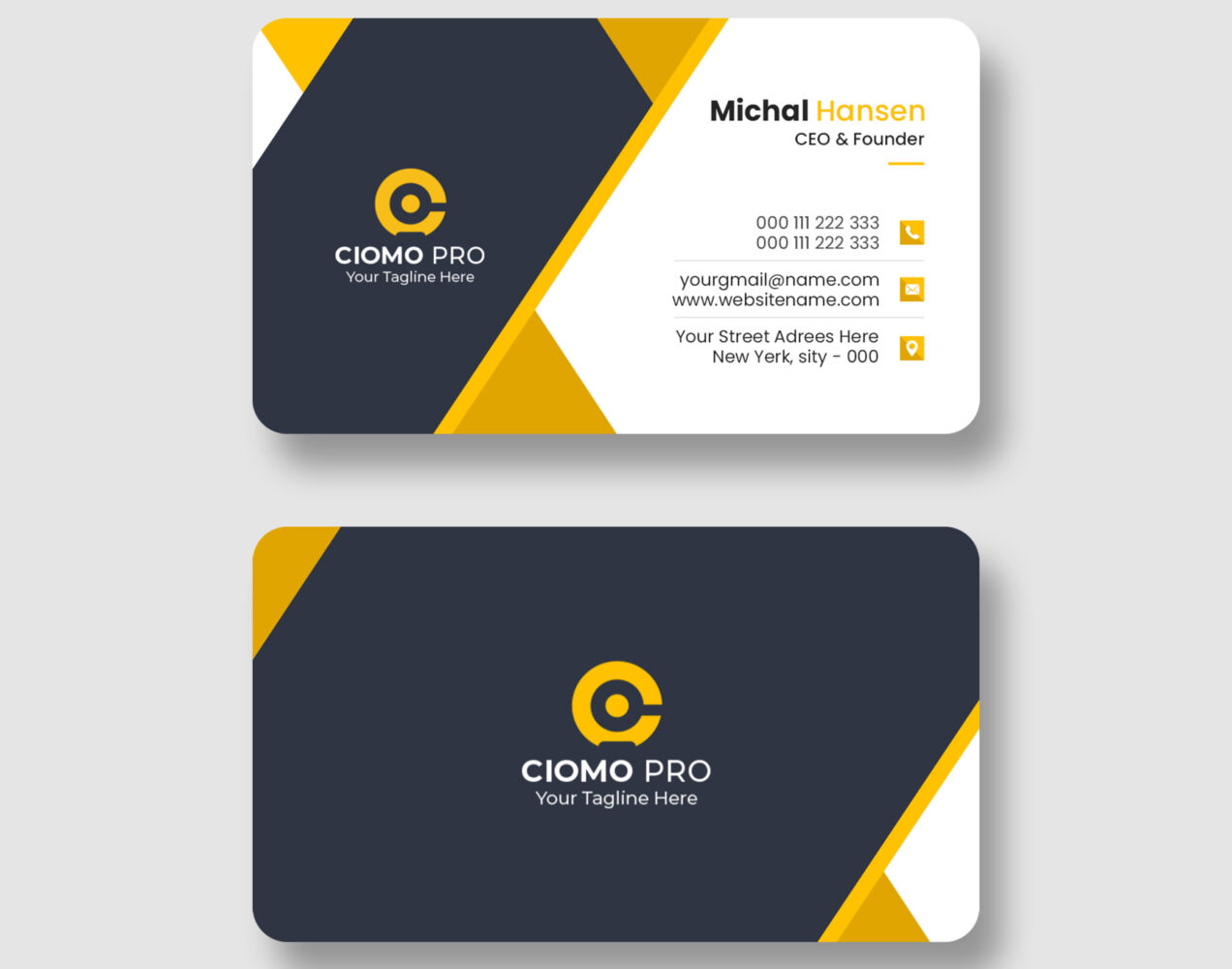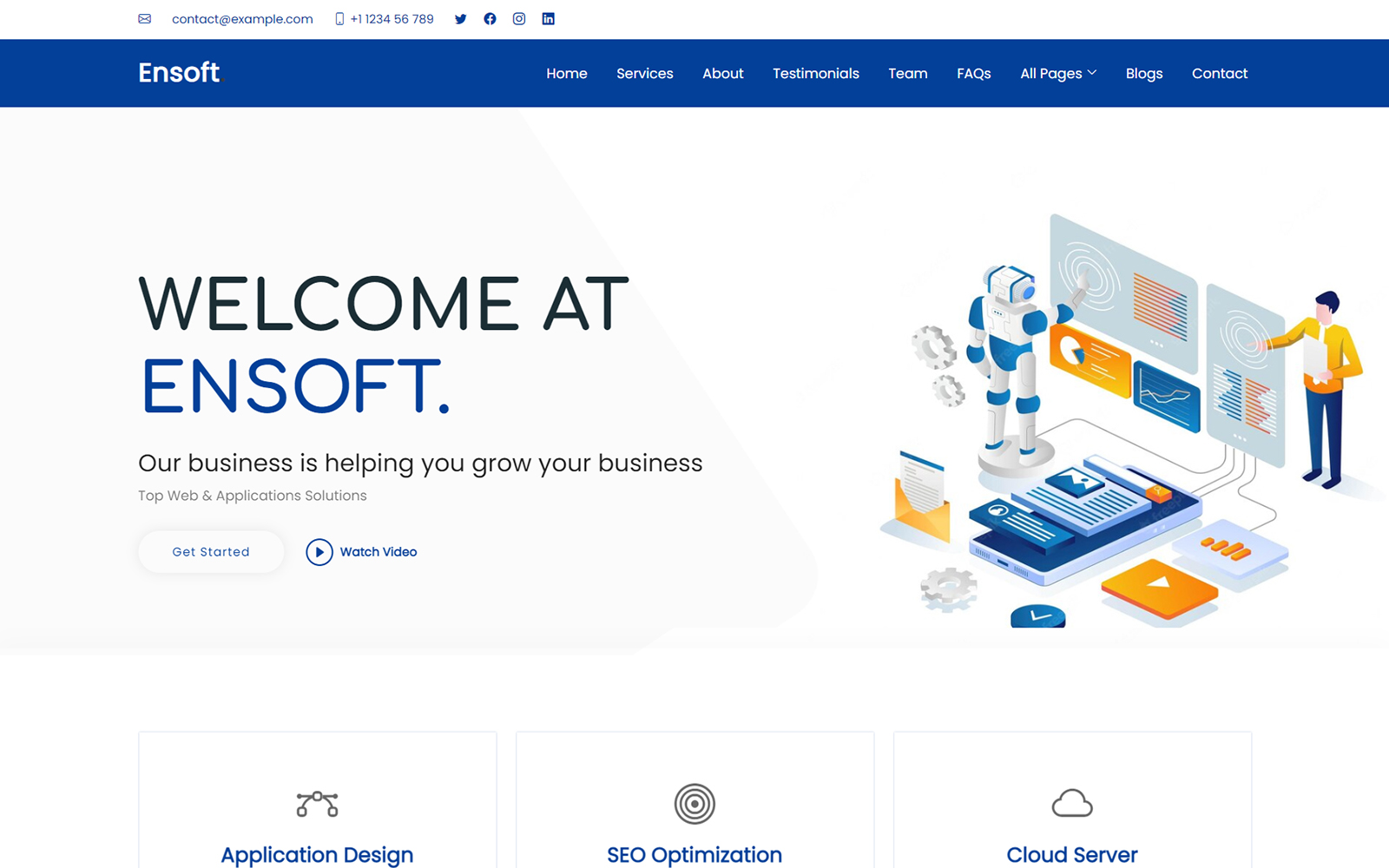Selling digital products such as website templates, design assets, or ebooks is a popular way to generate online income with low overhead. If you’re a designer, developer, or creator, your website can become a powerful sales channel. In 2025, setting up a smooth, professional digital storefront is easier than ever. This guide covers how to start selling digital products like templates on your own website step-by-step.
How to Sell Digital Products
1. Choose Your Digital Products and Niche
Focus on a clear product type and audience. Examples include:
- HTML/CSS website templates
- WordPress themes or plugins
- UI kits and design assets
- Printable planners or ebooks
Specializing in a niche helps you target marketing efforts and build credibility.
2. Set Up Your Website for E-Commerce
You have several options depending on your tech skills and budget:
- Use an e-commerce platform or plugin
WordPress users can add WooCommerce with digital downloads enabled. Shopify and BigCommerce also support digital products with built-in payment and delivery features. - Use a website builder with digital sales support
Platforms like Wix, Squarespace, and Webflow let you sell digital downloads without coding. - Build a custom store with frameworks
For advanced control, build a custom storefront using React, Next.js, or Django, integrating payment gateways like Stripe.
3. Implement Secure File Delivery
Once a customer purchases a product, your website should securely deliver the file. Avoid direct public links to prevent unauthorized sharing.
Use plugins or services that generate expiring, unique download links after purchase. WooCommerce and Shopify handle this automatically.
4. Set Up Payment Gateways
Integrate trusted payment options like:
- Stripe
- PayPal
- Apple Pay / Google Pay (via Stripe)
Multiple options improve conversion rates by catering to customer preferences.
5. Create Product Pages with Strong Descriptions
Each digital product needs a dedicated page featuring:
- High-quality preview images or demos
- Detailed descriptions and features
- Pricing and license terms
- User reviews or testimonials (if available)
- Clear call-to-action buttons (“Buy Now”)
Use SEO-friendly titles and keywords to attract organic traffic.
6. Automate Marketing and Customer Engagement
Grow your sales by integrating marketing tools:
- Email marketing automation (Mailchimp, ConvertKit)
- Social media sharing buttons
- Upsell and cross-sell related products
- Discount codes and limited-time offers
Offering freebies or samples can build your email list and trust.
7. Protect Your Digital Products
To minimize piracy and unauthorized sharing:
- Use watermarking on preview images
- Offer limited license usage terms
- Regularly update and version your products
While digital products can be copied, great customer support and continuous improvements keep your buyers loyal.
8. Analyze and Optimize Sales
Use analytics tools (Google Analytics, Shopify reports) to track:
- Visitor behavior on product pages
- Conversion rates and abandoned carts
- Customer demographics and purchase patterns
Optimize your store layout, pricing, and marketing based on data insights.
Final Thoughts
Selling digital templates and products on your own website offers unmatched control and profit potential. With modern e-commerce tools, secure delivery, and smart marketing, you can turn your creativity into a scalable online business.







